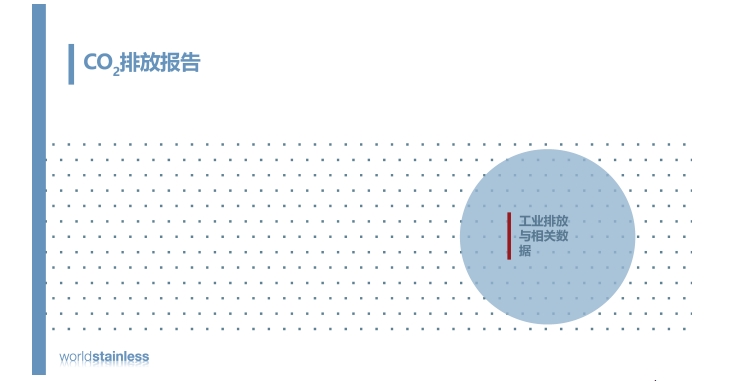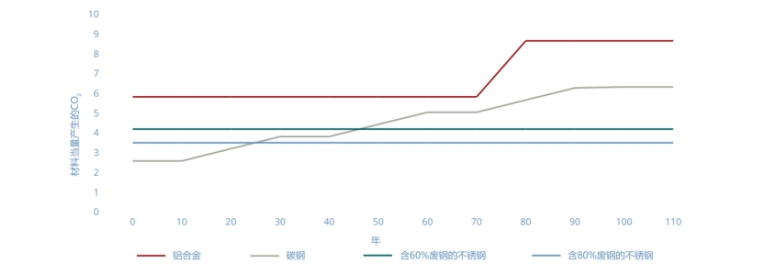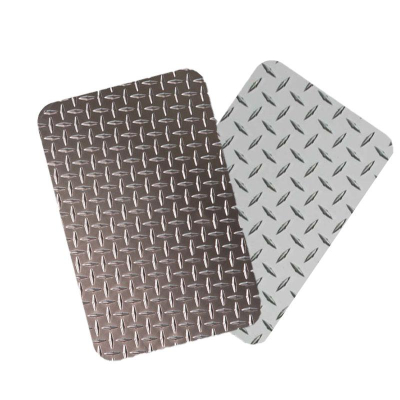World Stainless Steel Association releases stainless steel "CO₂ Emission Report"
Like other major industries, stainless steel continues to strive to reduce CO₂ emissions in operations year by year. Due to the improvement and upgrading of the solid waste industry, the direct CO₂ emissions (called source 1) and indirect emissions (called source 2) of the stainless steel industry have steadily decreased over the past decade. This report presents the differences between scrap-based production systems and nickel pig iron (NPI)-based production systems and their associated emissions data. Although 95% of stainless steel can be recycled at the end of its life, there is still not enough stainless steel scrap available globally, so the above two production systems will continue for decades to come.

The recent sustainability research project (2007-2023) led by the World Stainless Steel Association shows that emissions from the production and use of stainless steel are generally low. However, in order to clearly quantify the CO₂ emissions during the stainless steel production process, we will determine the CO₂ emissions from the previously defined three aspects: Source 1, Source 2 and Source 3. These three sources allow us to understand the CO₂ emissions of the stainless steel industry from cradle (raw material) to gate (finished product).
To be fair, stainless steel production emissions (although relatively low) only provide part of the useful information. There are currently two high-level production systems in play that are necessary to meet global stainless steel demand. In the coming years, the production emissions associated with nickel pig iron (NPI) will gradually decrease as more environmentally friendly technologies in NPI production become more widely used.
In addition, the life cycle emissions associated with stainless steel provide a different and more compelling perspective on sustainable and suitable material selection. For most products and devices, about 70% of life cycle emissions occur during the use or operation phase, so choosing materials that do not fail and do not require extensive maintenance or partial replacement will lead to a different and much lower carbon emissions profile.




